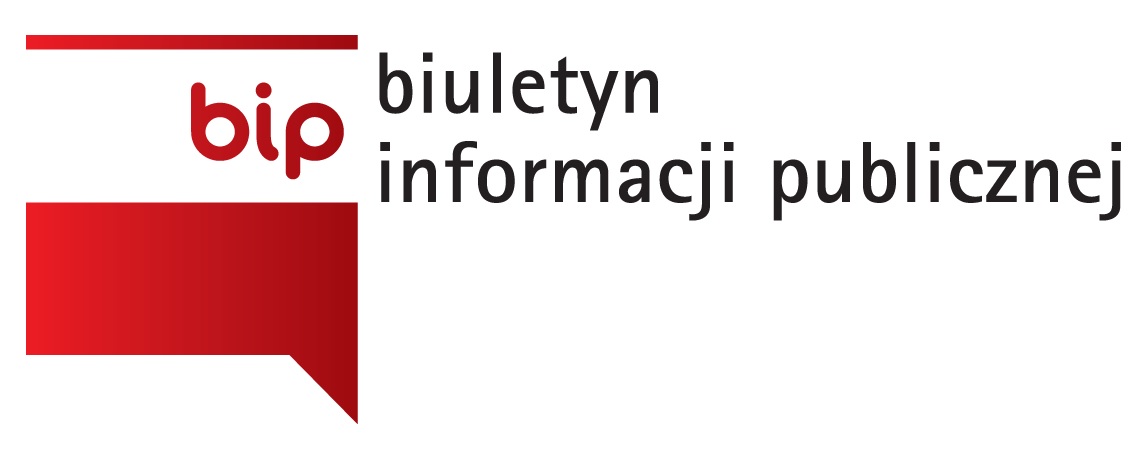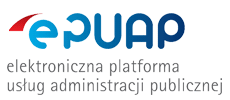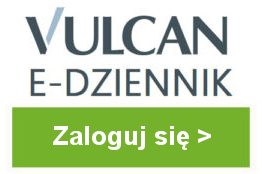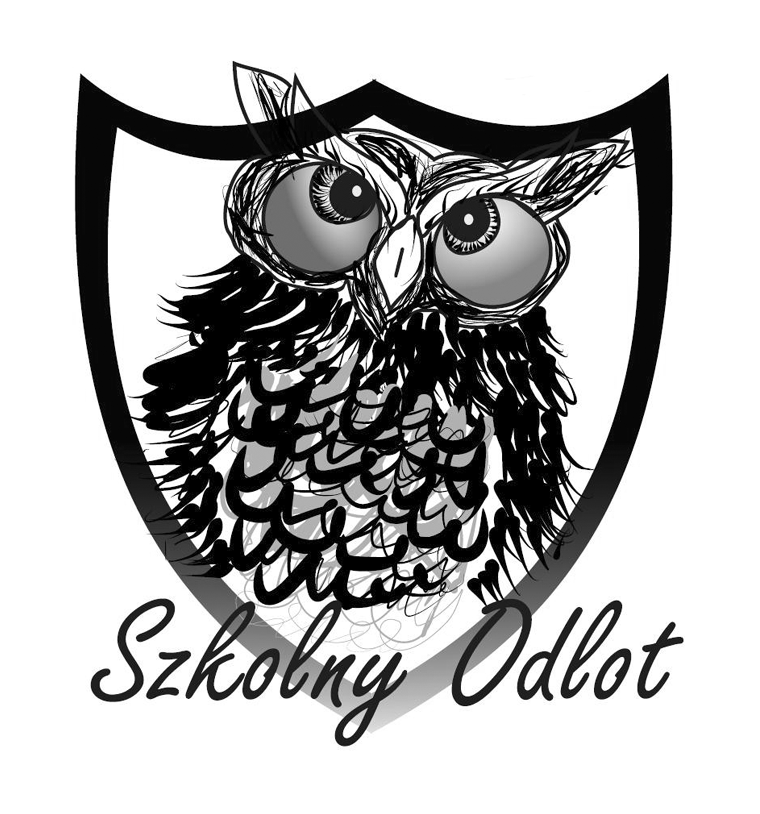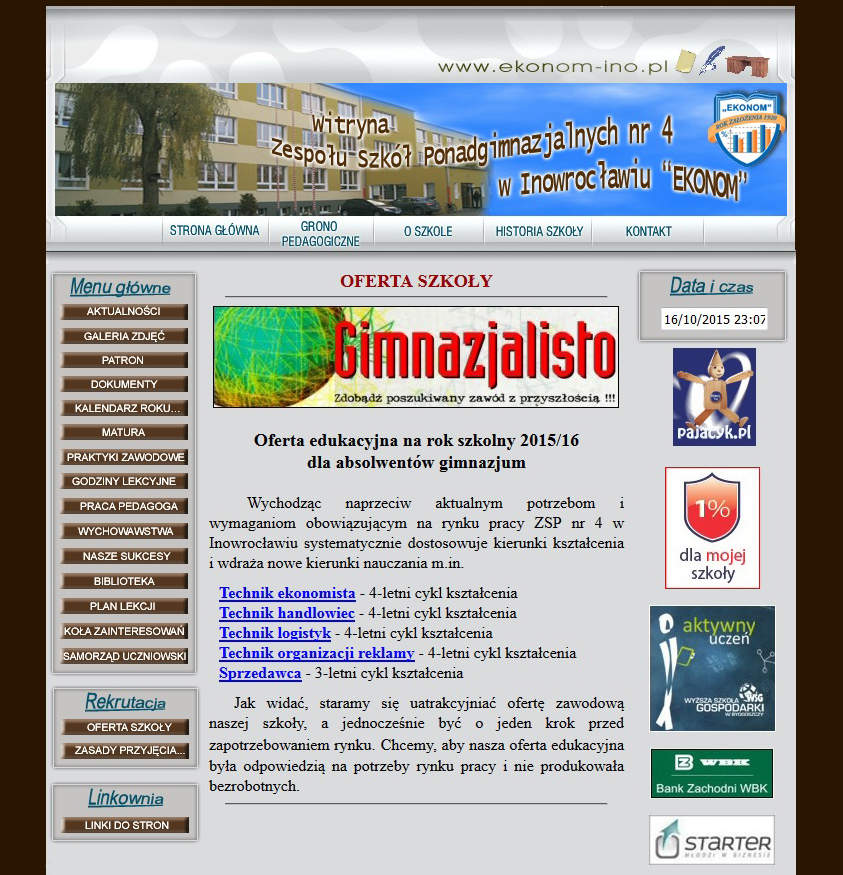FAQs
Why does Joomla! 1.5 use UTF-8 encoding?
- Szczegóły
Well... how about never needing to mess with encoding settings again?
Ever needed to display several languages on one page or site and something always came up in Giberish?
With utf-8 (a variant of Unicode) glyphs (character forms) of basically all languages can be displayed with one single encoding setting.
Where is the Static Content Item?
- Szczegóły
In Joomla! versions prior to 1.5 there were separate processes for creating a Static Content Item and normal Content Items. The processes have been combined now and whilst both content types are still around they are renamed as Articles for Content Items and Uncategorized Articles for Static Content Items.
If you want to create a static item, create a new Article in the same way as for standard content and rather than relating this to a particular Section and Category just select Uncategorized as the option in the Section and Category drop down lists.
Where did the Mambots go?
- Szczegóły
Mambots have been renamed as Plugins.
Mambots were introduced in Mambo and offered possibilities to add plug-in logic to your site mainly for the purpose of manipulating content. In Joomla! 1.5, Plugins will now have much broader capabilities than Mambots. Plugins are able to extend functionality at the framework layer as well.
Where did the Installers go?
- Szczegóły
What is the purpose of the collation selection in the installation screen?
- Szczegóły
What is the FTP layer for?
- Szczegóły
The FTP Layer allows file operations (such as installing Extensions or updating the main configuration file) without having to make all the folders and files writable. This has been an issue on Linux and other Unix based platforms in respect of file permissions. This makes the site admin's life a lot easier and increases security of the site.
You can check the write status of relevent folders by going to ''Help->System Info" and then in the sub-menu to "Directory Permissions". With the FTP Layer enabled even if all directories are red, Joomla! will operate smoothly.
NOTE: the FTP layer is not required on a Windows host/server.
What is the difference between Archiving and Trashing an Article?
- Szczegóły
When you Archive an Article, the content is put into a state which removes it from your site as published content. The Article is still available from within the Control Panel and can be retrieved for editing or republishing purposes. Trashed Articles are just one step from being permanently deleted but are still available until you Remove them from the Trash Manager. You should use Archive if you consider an Article important, but not current. Trash should be used when you want to delete the content entirely from your site and from future search results.
What is an Uncategorised Article?
- Szczegóły
What happened to the locale setting?
- Szczegóły
What are the requirements to run Joomla! 1.5?
- Szczegóły
Joomla! runs on the PHP pre-processor. PHP comes in many flavours, for a lot of operating systems. Beside PHP you will need a Web server. Joomla! is optimized for the Apache Web server, but it can run on different Web servers like Microsoft IIS it just requires additional configuration of PHP and MySQL. Joomla! also depends on a database, for this currently you can only use MySQL.
Many people know from their own experience that it's not easy to install an Apache Web server and it gets harder if you want to add MySQL, PHP and Perl. XAMPP, WAMP, and MAMP are easy to install distributions containing Apache, MySQL, PHP and Perl for the Windows, Mac OSX and Linux operating systems. These packages are for localhost installations on non-public servers only.The minimum version requirements are:
- Apache 1.x or 2.x
- PHP 4.3 or up
- MySQL 3.23 or up
My MySQL database does not support UTF-8. Do I have a problem?
- Szczegóły
Is it useful to install the sample data?
- Szczegóły
Is it possible to change A Menu Item's Type?
- Szczegóły
You indeed can change the Menu Item's Type to whatever you want, even after they have been created.
If, for instance, you want to change the Blog Section of a Menu link, go to the Control Panel->Menus Menu->[menuname]->Menu Item Manager and edit the Menu Item. Select the Change Type button and choose the new style of Menu Item Type from the available list. Thereafter, alter the Details and Parameters to reconfigure the display for the new selection as you require it.
I installed with my own language, but the Back-end is still in English
- Szczegóły
A lot of different languages are available for the Back-end, but by default this language may not be installed. If you want a translated Back-end, get your language pack and install it using the Extension Installer. After this, go to the Extensions Menu, select Language Manager and make your language the default one. Your Back-end will be translated immediately.
Users who have access rights to the Back-end may choose the language they prefer in their Personal Details parameters. This is of also true for the Front-end language.
A good place to find where to download your languages and localised versions of Joomla! is Translations for Joomla! on JED.
Strona 1 z 2
- start
- Poprzedni artykuł 1 2
- Następny artykuł
- koniec
Logowanie
Kto jest online
Odwiedza nas 75 gości oraz 0 użytkowników.








